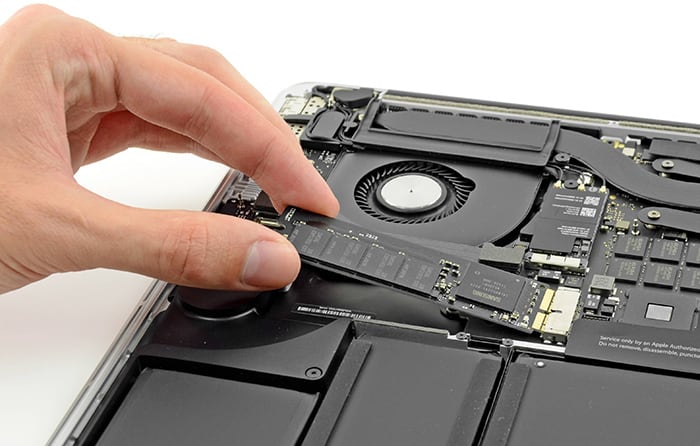
Note: by saying “hard drive”, we mean a hard disk drive and solid-state drive ( SSD) that’s equipped inside your MacBook Pro. There are a few different ways to go about cleaning up your MacBook Pro hard drive and the easiest way is to purchase and download software that cleans up the hard drive for you. If you want to learn how to clean up your MacBook Pro hard drive, keep reading! How to Clean up MacBook Pro Hard Drive with Software I’ve cleaned up the hard drives on many Macs and put together this guide to help you do it yourself. I’m Eric, a MacBook Pro expert and software engineer. Thankfully, you can use software to clean up your MacBook Pro’s hard drive yourself to help speed up its performance and make it run like new again. Waiting for files to load and waiting for things to open in the middle of an important project is a hassle. MacBook Pros are generally fast computers and when they start to run slow, it can be frustrating. As an Amazon Associate, We earn a commission from qualifying purchases at no extra cost to you. If you haven’t turned on iCloud Photo Library on your Mac and want to learn more, check out this tutorialĬlick on the iCloud tab at the top of the window as shown below to choose Optimize Mac Storage.įor more ways to uncover what’s taking up your space and free up storage on your Mac, check out our walkthrough here.This site contains affiliate links.Click Optimize Mac Storage if iCloud Photo Library is already turned on.Open Photos and click Photos in the menu bar (top left corner).Mac: How to free up space with iCloud Photos optimized storage

To check if you have optimized storage turned on for your iPhone or iPad, follow along here. If you do have enough storage space, optimized photos will store full-resolution versions on both iCloud and your Mac. Keep in mind that depending on the size of your Photos Library you may need to pay for iCloud Storage if you aren’t already. iCloud Photos optimized storage works to save space by keeping the full-resolution photos and videos on iCloud and keeping smaller, more efficient sized versions on your Mac if there isn’t enough storage to keep the full-resolution ones.

If the Photos app is a big factor, turning on optimized storage for iCloud Photos can help out. First things first, to check what is eating up your storage space on your Mac, head to → About This Mac→ Storage. Photos and videos are usually some of top usage categories for many Mac users. Read on to see if this solution could be a good fit for you. Is your Mac running low on storage space? One way to easily free up room is by utilizing iCloud Photos and the optimize storage feature.


 0 kommentar(er)
0 kommentar(er)
